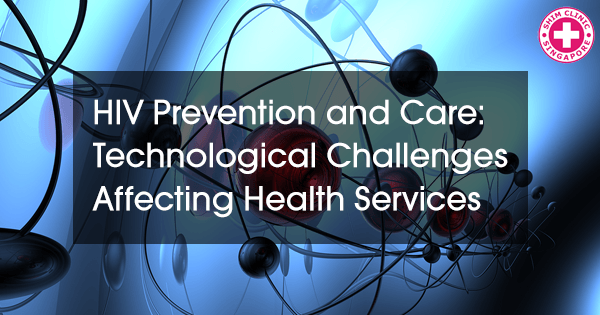Improved technologies have many advantages wherever they are used. However, efforts to learn and embrace technology needs to be intrinsic if it has to be productive in a given sector. In the health sector, technology forms part of care in regards to services offered. Technological advancements in the health sector have involved improved machinery, advanced medical and surgical procedures and improved systems that have changed health care. This advancement, however, doesn’t come without challenges.
Researchers Ivia Maksud, Nilo Martinez, Sandra Lucia Filgueiras conducted a study that was published by REV BRAS EPIDEMIOL in September 2015, evaluating the challenges technologies dealing with HIV/AIDS prevention and care pose in the medical field. The study involved analysing articles in the Biblioteca Virtual em Saúde that refer to the use of technology for HIV/AIDS prevention and care.
The Challenges
According to the materials studied, some of the challenges include limited global resources and difficulties in implementation of already proven worthy projects. The researchers observed that there is a huge gap between innovation and implementation of technology, influenced by several external factors such as politics, gender inequalities, economy, stigma, discrimination and the like. Mismanagement and lack of preparation are other factors that contribute to technology failure.
Another factor contributing to that health involved technology failure has also been suggested. This is a lack of human research because the drive is more for economic gain than for delivering proper services. The articles reviewed also revealed that for any forward movement to be possible, there is a need to bring in the minorities, consider human rights and avoid generalizing and labeling.
Findings of the Study
The researchers found that when it comes to treatment of HIV/AIDS, clinics have adequate assistance but challenges are, however, faced when it comes to preventing HIV/AIDS. The researchers found that the top challenges faced when it came to using technology to prevent HIV/AIDS management, organization of services and the attention health professionals give to users were top on the list.
One of the prevention technologies that is popular and that the researchers looked at, was the use of HIV Post Exposure Prophylaxis (PEP). The study found out that there was lack of knowledge on how to use this technology among potential users as well as health professionals. This leads to underutilization of PEP. Another challenge faced is the provision of antiretroviral therapy (ARVs) technologies even though they’ve been found to greatly reduce the risk of HIV transmission.
The researchers suggest that such great HIV/AIDS preventive technologies should be readily available to all users. They also stressed the need to offer proper training on new technology to professionals using them. This will make it possible for the health professionals to educate users and clarify to users and all stakeholders on available technologies.
Our Conclusion
The paper shone the light on issues affecting technologies for HIV prevention and care that have been overlooked. There is more to HIV treatment as prevention and self-testing. The people who are infected or affected by HIV are faced with other challenges while receiving treatment and this includes, but not limited to, money involved, stigma, accessibility to medication and education.
See the full article here: http://www.scielo.br/pdf/rbepid/v18s1/1415-790X-rbepid-18-s1-00104.pdf

